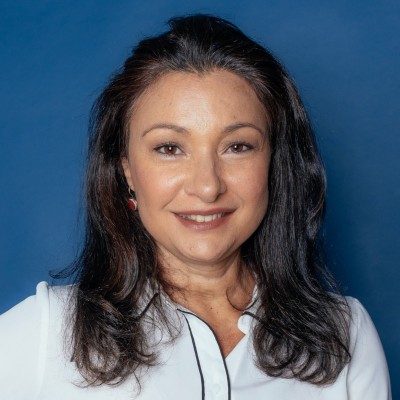
Cristina d’Almeida
SCIENTIFIC DIRECTOR
ARTEMIs is destined to set bridges among key stakeholders involved in the fight against fatty liver diseases. In the dawning of the Personalized Medicine Era, ARTEMIs aims to gather clinicians, modelers, patients and regulators towards the development of a comperhansive therapeutic decision-aid tool. To do so, ARTEMIs is grounded upon three building blocks: a multimodal and regulatory-grade cohort; liver-heart virtual twins and a user-friendly Smart Dashboard. We expected to achieve considerable societal impact, by offering clinicians and patients an interactive visualization tool wherein real-world data, as well as risk stratification and early diagnosis predictions are made easy. This is an ambitious project involving 9 countries, 21 partners and a cohort of 7500 patients but ambition is a fundamental ingredient when taking the challenge to improve MASLD patients' hearthcare journy!
GLOBAL AND SPECIFIC OBJECTIVES
ARTEMIs Global Objective
The global objective of ARTEMIs is the co-design (with technologists, clinicians and patients), the development and the POC evaluation of a clinical decision support system (CDSS) for application in the clinical management of MASLD patients, along the different stages of their care pathway. The CDSS will provide an instant overview of the patient’s multimodal data and exploit integrated virtual twin models, to predict the evolution of the disease and cardiovascular outcomes, the response to a specific treatment, intervention or simply better life habits, through multilevel dynamic representations of the tissues or organs, thus enabling the personalised management of these patients. The tools will also serve as an educational tool for physicians and patients, to promote better nutritional and lifestyle behaviours, and treatment adherence. Computational model development is guided by the needs of the clinical practitioners in their daily management of MASLD patients, along the disease progression path. Around this main objective, the Coordinator has orchestrated a multidisciplinary team of model developers, clinical researchers and practitioners, and SSH experts, to find common grounds between main clinical needs, maturity of different models, access to data, and integrability in the IT ecosystem of the healthcare systems. It is foreseen that such an integrated solution will be available in routine clinical practice by the end of this decade, considering huge digitalisation financing to be mobilised by the Next Generation Europe and Digital Europe Programme, in the context of the Digital Decade 2030.
Existing and newly collected multicentric multimodal longitudinal data will be available through a federated data exploration platform. It will allow the adaptation of both machine-learning and mechanistic models to provide responses to critical clinical questions such as the progression of MASLD into irreversible liver conditions and its role as a cardiovascular risk factor. Multicentric and multidisciplinary clinical panels, including hepatologists, radiologists, pathologists, cardiologists, oncologists, surgeons, will evaluate the utility and clinical relevance of a modular CDSS prototype, illustrated in Fig.1 and consisting of:
▪ A visualization module to allow relevant information to be displayed.
▪ A decision support module, where the user can call use-case specific ‘virtual twin’ models, depending on the stage of the disease and the questions to be addressed.
The CDSS will be built on an integration framework deployed at each partner hospital, that not only will be connected with the hospital information system (HIS) to seamlessly integrate the patient data, but will also integrate processing pipelines to extract relevant information from raw data (e.g. radiomics).
Main Features of the ARTEMIs CDSS:
● Covering the whole spectrum of the CLD: from MASLD, to NASH, to cirrhosis, to HCC.
● Predictive of the disease evolution and of cardiovascular complications (e.g. heart failure and cardiac fibrosis)
● Predictive of treatment response on cardiovascular outcomes, for drug treatments (e.g. statins, SGLT2 inhibitors), mini-invasive procedures (e.g. TIPS placement), or major surgeries (e.g. liver transplantation).
● Integrating and orchestrating multiscale (from molecular to full organ), multilevel (signal transduction, metabolism, tissue mechanics, blood flow and transport) and multiorgan (liver and cardiovascular system) virtual twin models
● Validated on multi-centric real-world data
● Fully integrated in the clinical workflow and automatically importing & processing input data from HIS components
● Delivering clinically meaningful outcomes in routine practice
● Providing robust results, with mechanisms explained & confidences, biases, hypotheses transparently disclosed